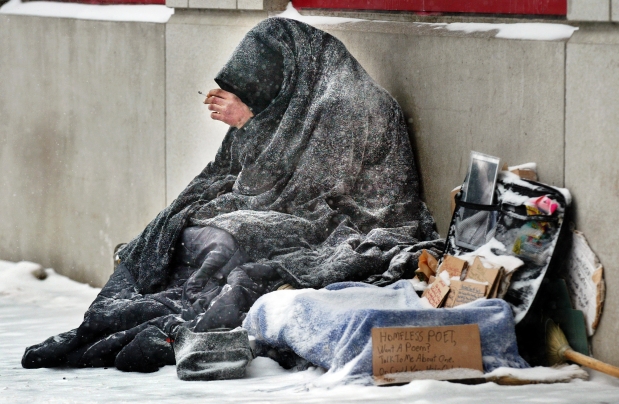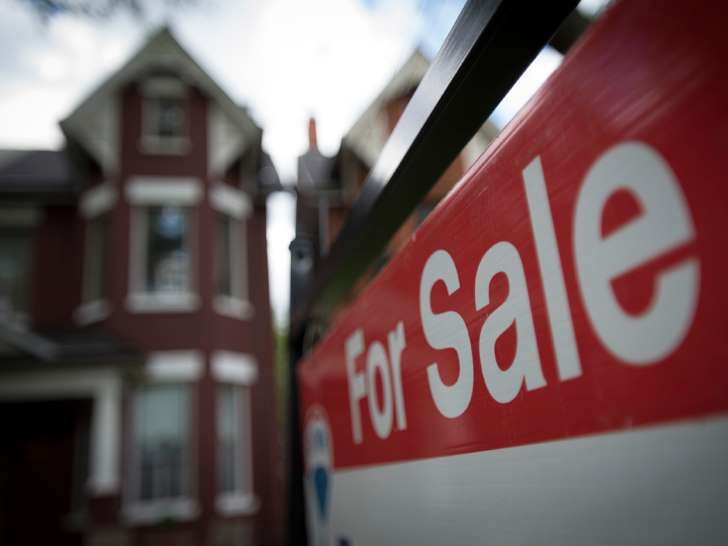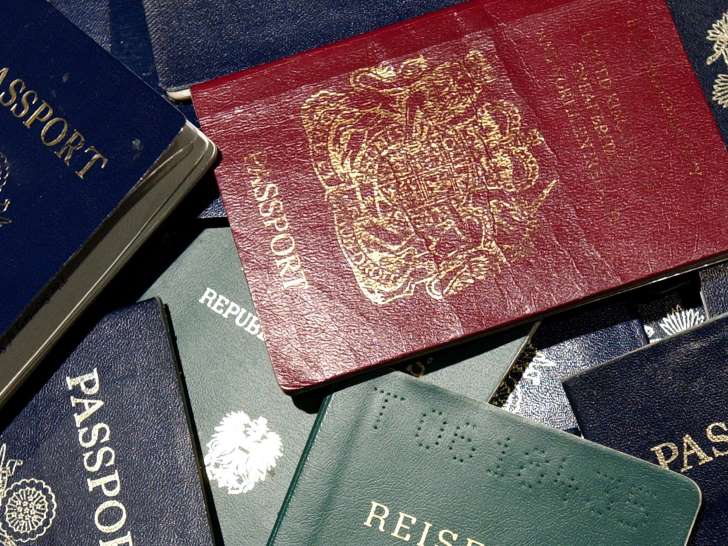
A few days back, in a major city newspaper, I saw picture of a man fast asleep in a sleeping bag, who used his bag, containing his belongings as a cushion under the head, at the entrance of a church in Toronto, his other assets — a pair of shoes and a water bottle lying beside him. That was all God had offered him under his portals that night!
Probably he was a homeless but how he turned into one wasn’t elucidated in the daily. The report dealt primarily with the fact that homeless shelters in Canada have failed to provide beds to all those who knock their doors for protection. Earlier, shelters were sought by the homeless mostly in the severe winters, but sadly now, deadly winters or warmer summers doesn’t really make a difference. “Our occupancy is pretty much exactly the same… All the year round we turn people away, ” said Jake Alkenhead, manager of a shelter on Jarvis St., writes the newspaper.
A Hapless Lot
That prompted me to know little more about the conditions of homeless people on the internet. Blogs were rife with the information that homelessness wasn’t just confined to the municipal limits of Toronto or New York cosmopolitans but had spread its tentacles ubiquitously. London, Berlin, Rome, Vienna, Amsterdam, Canberra and other urban centers in developed world weren’t much different from North America in this respect.
More miserable images of homeless than the one I saw in Toronto Star were found online. For example, pictures of a man sleeping on TT Subway or a homeless Toronto woman sitting forlorn on a park bench or an old man curled up, sleeping on a grate on the sidewalk. His clothes layered and dirty, appeared worn and depressed he had used a piece of cardboard for a blanket. The scenario evoked feelings of sympathy and thoughts of extending help to them.
Financially broken and socially abhorred, these homeless somehow keep themselves going. But the feeling of fear, doubt and resignation is found writ large on their faces as they don’t have roofs over their heads as most of us do. They have to search up and down every night to find a place to sleep where they won’t be awaken by a police officer who doesn’t like where they are.
Who are they?
It has become a debatable matter where opinions differ and outlooks vary. Some of the people who are lucky to have a job and work hard to make life worth living argue that the homeless are the work-shirkers or the druggists who lead a life without doing anything and are the Taxpayers’ burden. Maybe partially true, that wasn’t the whole truth.
Homelessness often arises because of joblessness or low pay, domestic violence or drug and alcohol addiction, say social scientists. Frustration caused by physical and mental illness also turn many homeless. There are still others who, after being discharged from hospitals or jails, have nowhere to go. Dispossessed and socially outcast, they often knock the doors of homeless shelters.
Those people in fact, need rehabilitation and acceptability in society more than anything else. We dismiss their presence if ever we find them on a public place. They become invisible to us, despite being present in abandoned buildings, on city streets and the roads, in its parks and alleys.
Invisible or Ignored?
The answer to this question was provided by an experimental video produced to study why homeless people living on the streets have become invisible. Directed by Jun Diaz, it was filmed near a shelter of New York City Rescue Mission (NYCRM).
Here some actors were made-up to look as if they lived in streets of New York. A hidden camera then captured one woman’s husband walking past her without noticing his wife sitting on the floor, while another person walked past her mother, uncle and aunt without recognizing any of them who posed as homeless people. “The experiment is a powerful reminder that the homeless are people, just like us, with one exception, they are in trouble and in pain. And they are someone’s uncle or cousin or wife,” said Craig Mayes, executive director of NYCRM.
In The End
Have we ever realized how lucky we are because there is always someone less fortunate than we who don’t have a roof above his head and do not have near and dear ones by their side. Devoid of a sleep in a warm bed, they don’t eat a proper meal a day or receive necessary medical attention. The plight of the homeless people is easier explained than one actually experiencing their life.
Describing the unhygienic conditions which the homeless are often subjected to live in, one of them RD from USA known as @ lostawareness on twitter told the media, “People say we stink, Yes we do ‘cause we don’t get an opportunity for shower regularly’. Another, homeless, Mike, who has been on the streets since he was 13 years old, when advised by media person to rebuild his life said solemnly, “How can you rebuild a life you’ve never had?”
Many people believe that the homeless are ignorant, unintelligent human beings who have no place in our community, when in reality, some have more common sense and awareness than the people who often sit on a judgment seat. What they need is not mere sympathy but more attention and material help from society than what they have been getting so far.


 South Asian News E-Paper
South Asian News E-Paper Punjabi News E-Paper
Punjabi News E-Paper

















